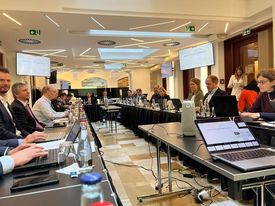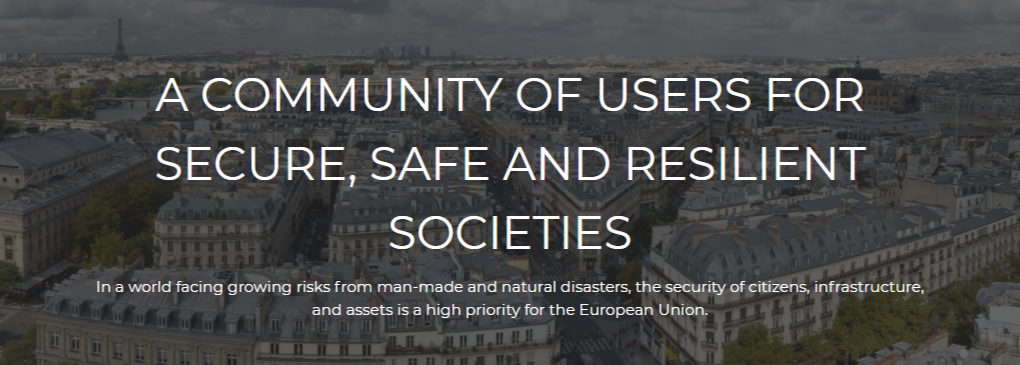
International Disaster Reduction Day
Disasters induced by natural and technological hazards affect millions of people every year worldwide, but much of their impact can be reduced through pro-active measures and planning. The International Day for Disaster Reduction, held each year on 13 October, celebrates how people and communities around the world are reducing their exposure to disasters.
The BroadWay Project, by enabling First -Responders Accross Europe to communicate regardless of their geopolitical location, will greatly contribute to enhance Europe’s resilience to disasters.
This year, the International Day for Disaster Reduction focuses on “Strengthening disaster risk governance to manage disaster risk”, calling upon Target E of the Sendai Framework for Disaster Risk Reduction 2015-2039 that measures the number of countries and local actors that have DRR strategies in place, aiming to “substantially increase the number of countries with national and local disaster risk reduction strategies by 2020”.
Although it is impossible to completely eliminate disaster risk, countries that design policy and legislative frameworks and that prepare their institutions in line with the goal, targets and priorities for action of the Sendai Framework, have greater capacity to manage disaster risk and therefore to reduce the impact of disasters when they occur. However, a successful strategy for disaster risk reduction is complex and requires effective multistakeholder coordination mechanisms, an overarching national policy, transdisciplinary and multisector collaboration and input, amongst other requisites.
With that in mind, and maintaining the focus of the Day on the impact disasters have on communities, individuals and infrastructures, deeply affecting their wellbeing, this year’s theme is focused on conveying the message that many disasters can be avoided or prevented if there are disaster risk reduction strategies in place to manage and reduce existing levels of risk and to avoid the creation of new risk. In short, “good disaster risk governance.”



